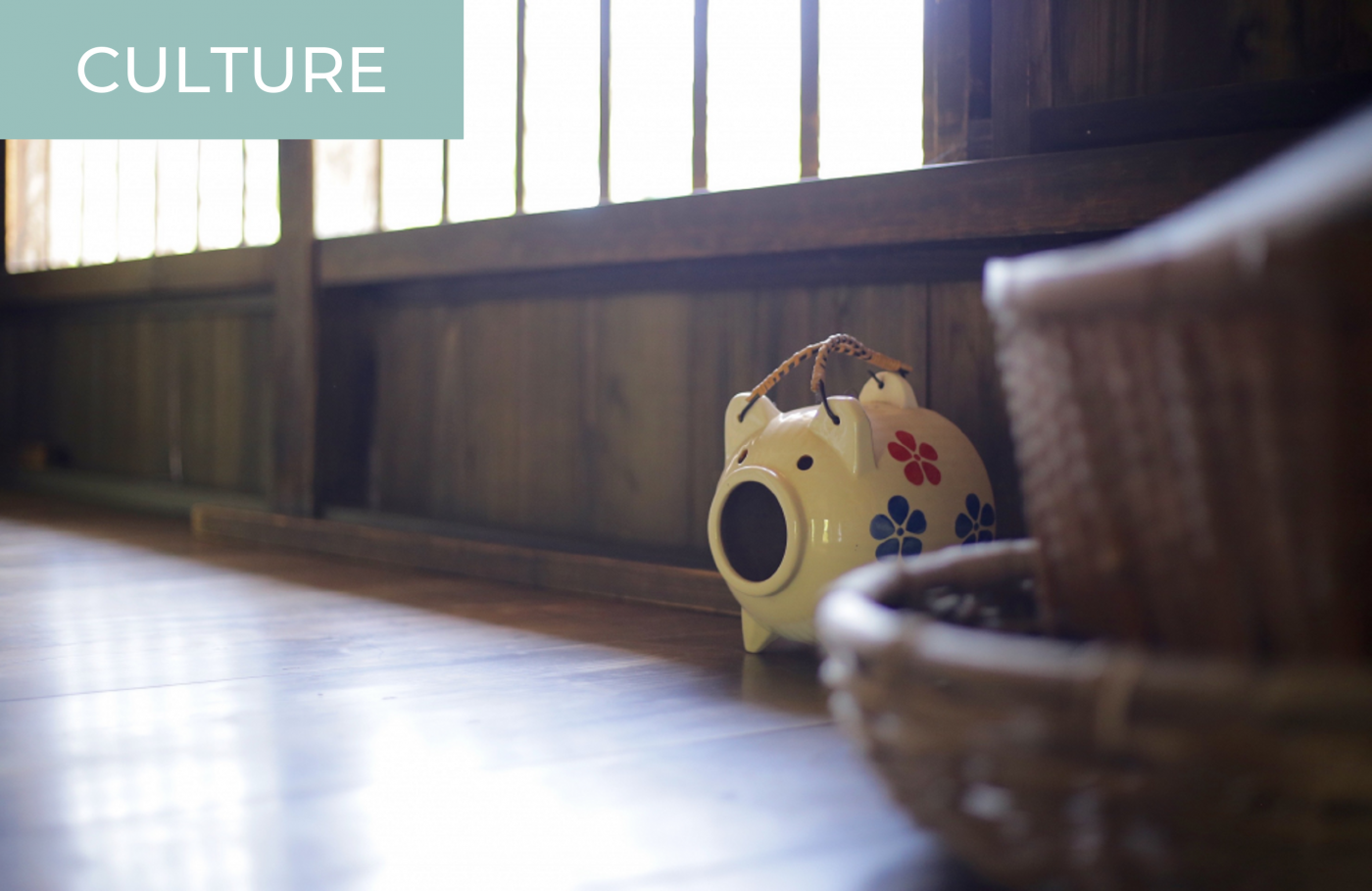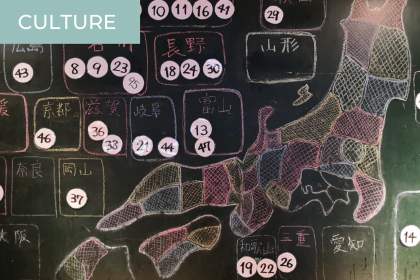Here are three typical Japanese items easy to find in the summer that are small, cute, and make perfect souvenirs.
1: The Pig Incense Burner and Mosquito Repellent
During the summertime in Japan, you can smell the delightful aroma of incense burning in houses and hotels. This incense, green and spiral-shaped, is called katori senko (senko meaning “incense” in Japanese) and is used as a mosquito repellent. It’s completely toxin-free so it’s a very natural way to protect yourself against mosquitoes. This incense is also commonly used for camping and outdoor activities because of its portability.
It’s very easy to use: just place it on a plate or an incense burner, called kayariki in Japanese. Light the incense at one end, and leave to smolder for up to eight hours!
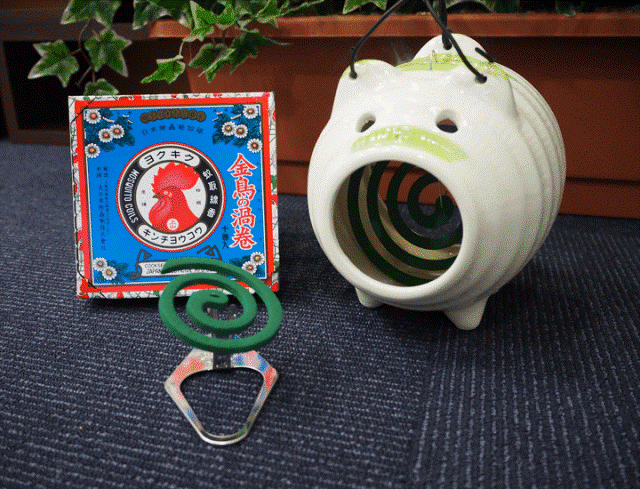
The most popular shape of kayariki is a cute small pig called kayari buta (buta meaning “pig” in Japanese) and it’s a common sight in Japanese summer.
Price: About 350 yen for a box of 10 rolls of incense; the piggy usually costs between 600 and 3,000 yen depending on the size, design, and maker.
Where to find them: You can find katori senkoin supermarkets, convenience stores, and drugstores. During summer, you can find the pig incense burner in ceramic shops, souvenir shops, and department stores.
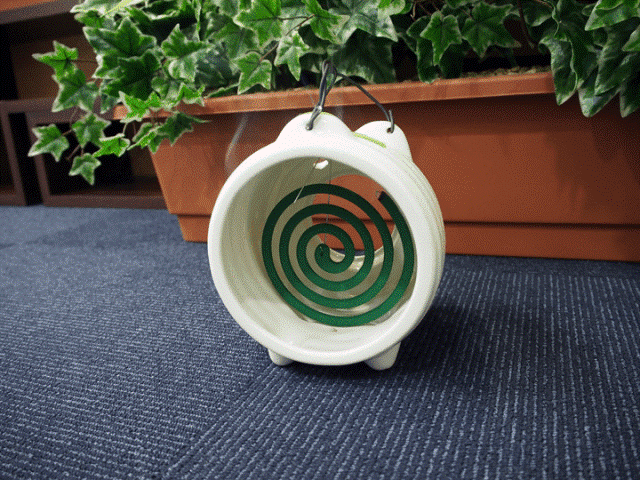
2: Wind Chimes

The Japanese summer is terribly hot and humid, and the hottest days are hard to cope with even for Japanese people. In such weather, the smallest breeze can feel like a miracle.
Since ancient times, in the summer, Japanese people hang furin (wind chimes) at their front door, veranda, or balcony. Each time a breeze comes, the wind chime makes a delicate sound, giving a refreshing feeling to the hearer.
Japanese wind chimes are made out of various materials such as glass, copper, and porcelain, each of which creates a different and unique sound.
Price: Prices may vary between 800 and 5,000 yen depending on the design, material, and maker of the wind chimes. A nice one usually costs around 2,000 yen.
Where to find them: Interior shops, department stores, Japanese souvenir shops
3: Traditional Japanese Fans
Despite looking very traditional, fans are still used a lot during the summer by Japanese people to cool themselves down. There are two sorts: the uchiwa and the sensu.
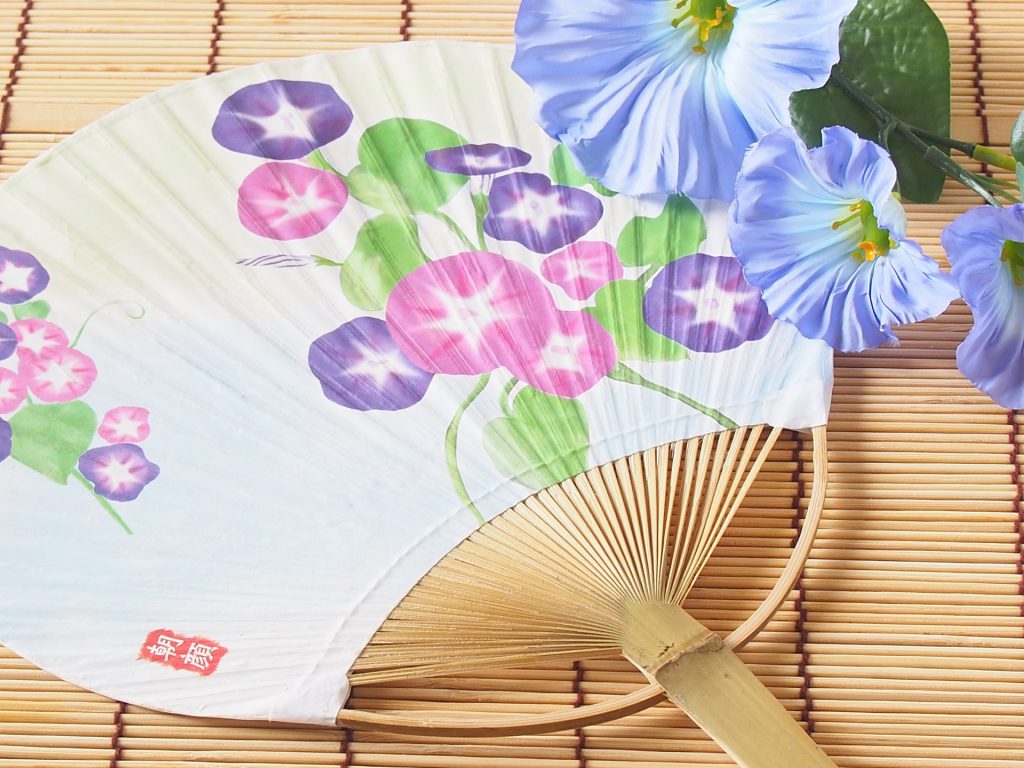
An uchiwa is a fan usually made of bamboo and paper. It is often used during Japanese festival dances. It comes in a variety of designs, and during the summer, you might find some bearing the kanji 祭, which means matsuri or traditional Japanese festivals. Light and inexpensive, it’s a great souvenir. During the Edo period (1603–1868), people were already buying them as souvenirs for shrines! If you visit Japan during summer, you might be given free plastic uchiwa at events or in the city center as promotional material.
Price: Most uchiwa are very cheap and you can get pretty decent ones for 100 or 200 yen. But an elegantly decorated one may cost around 2,000 yen.
Where to find them: 100 yen shops, Japanese souvenir shops
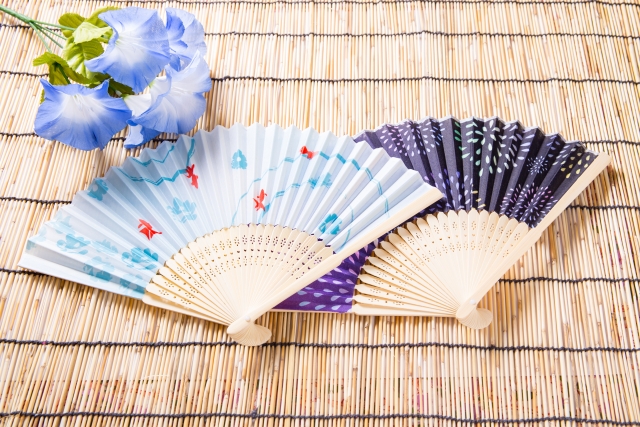
A sensu is a Japanese folding fan. They usually are made of bamboo and paper or silk. They also come in a variety of designs; shops often display them as “folding fans for men” and “folding fans for women,” the ones “for women” usually being more colorful and slightly smaller. The ones you can find in 100 yen shops are nice enough to be brought home as cheap souvenirs for your friends and family.
Make sure to check our article about how to use your folding fan the right way.
Price: Prices vary between 100 and 10,000 yen or more! Count about 3,000 yen for a beautiful one.
Where to find them: 100 yen shops, department stores, Japanese souvenir shops, folding fan craftsmen shops

